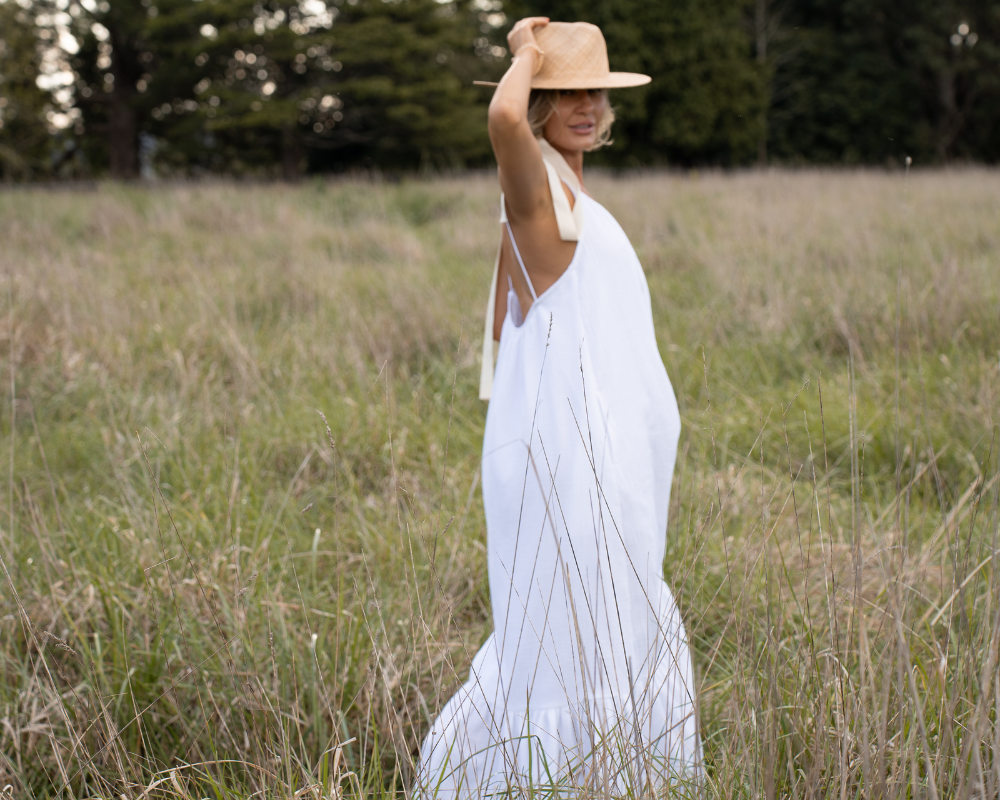In recent posts, we’ve covered why it’s so important to think not just about how we purchase our clothing but also about what happens to it once it’s reached the end of its life. We then looked at what to do when our clothing is no longer wanted but still in great condition.
But what about when our good quality, ethically-sourced clothing has ripped, faded, frayed, stained and has simply become impossible to wear?
Has it really ‘had it’?
First, it’s a good idea to stop and consider whether we’ve made an accurate decision.
Check out our previous post Want to Keep those Whites Bright? for tips on stain removal and reviving faded clothing.
Repair
Missing buttons can be replaced, rips can become features and fun patches can all bring our much-loved clothing back from the brink.
Need help? Get your creative hat on and teach yourself some simple sewing skills by joining a mending group or sewing bee. Check out upcoming events around Australia on the Fashion Revolution Day Aus NZ Facebook page.
If you’re not up for stitching yourself, you can always employ the services of a seamstress to help you. Try searching in the classified section of your local newspaper for a dressmaker. A little money spent on repairs will extend the life of an item and save you from buying new!
Don’t give up on it if you don’t have to!

Yes, it’s had it – what now?
After you’ve finished mourning, consider these options:
Repurpose
Just because it’s no longer suitable to wear in public doesn’t mean it’s no longer good for anything. This is a great opportunity to be creative. Would kids be able to use it for dress-ups or as a costume? Could you convert it to rags? Can you get crafty and upcycle it into something entirely new?
Recycle
While clothes can’t go in the yellow bin at home, that doesn’t mean they can’t be recycled at all. There are a variety of organisations that can help. Planet Ark’s Recycling Near You can help identify all sorts of recycling options – not just for worn-out clothing. Many clothing recyclers ship items to third-world countries, which can disrupt local business and simply redistribute Australian landfill to other locations. It’s important to look at what quality measures are in place and who does accept the items that have completely had it.
The Make A Wish Foundation has clothing bins in many Westfield malls in VIC and NSW that accept unwearable garments and are passed onto King Cotton Australia.
Clothing Cleanup offers a pick-up service within Sydney for wearable clothing, shoes, handbags, accessories (including hats, belts, scarves) and manchester. Check out what they do and don’t accept.
While Australia’s current options are limited, the UK has recently seen the launch of ReGAIN. ReGAIN is an app that rewards people who ship unwanted clothing to them for recycling by giving them discounts to major retailers.
With increased interest from Australians, we hope it won’t be long before we see more textile recycling options here at home.

Compost
If your clothing is made of natural fibres, then the good news is that it can likely be composted. Organic cotton, linen, silk and wool are all able to be composted. Compost This has plenty of tips on what can and can’t be composted, and how to make sure you’re successful. It’s important to note that landfill does not provide the correct conditions for successful composting!
We hope you’ve enjoyed our three instalments on the issues and options for clothing at the end of its lifecycle. With plenty of options available for ethically disposing of unwanted clothing, it’s still up to us to make sure we do our part as individuals (and businesses) and make ethical choices.
Make sure you’re signed up to join the Twill & Tee journey for more info, advice and latest news.

References
https://www.compostthis.co.uk/old-clothes
https://recyclingnearyou.com.au/


